Social Media Dating: Modern Romance
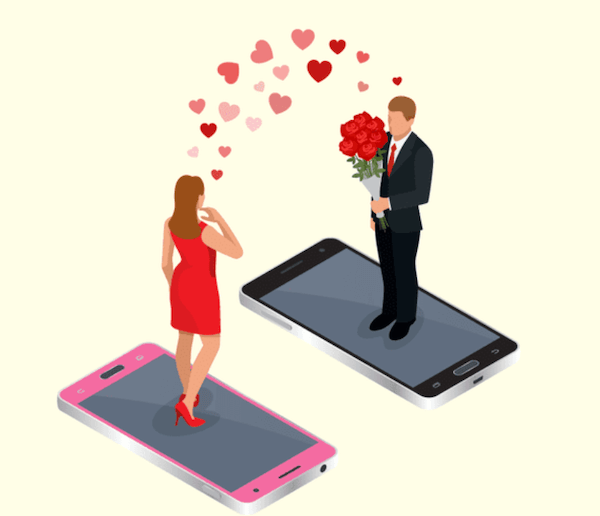
Have you ever wondered the impact that social media dating apps have had on their users and how they have transformed the romance dating game? This blog delves into the ways modern dating apps have reshaped traditional dating norms and offers insights into launching your own dating app, along with creative design ideas.
Social media dating platforms like Tinder, Bumble, Facebook Dating, and others have fundamentally transformed what dating means. They’ve revolutionized the way people seek and establish romantic connections by offering a digital platform to meet potential partners, surpassing traditional boundaries and constraints.
These platforms have notably increased accessibility, making it easier for individuals to connect with others who share similar interests or values. By swiping through profiles or algorithms to match users of choice, these apps streamline the process of finding potential partners, making dating more convenient.
One of the significant impacts is the widening options of potential matches. Unlike traditional dating, where one’s options were often limited to their immediate social circles or geographic proximity, social media dating allows individuals to interact with a diverse range of people from various backgrounds and locations. This expanded reach increases the likelihood of finding compatible matches. Especially with apps that allow users to discover partners of similar interests to their matching scores.
Social media dating platforms break down traditional barriers that confined dating to face-to-face interactions or introductions through mutual acquaintances. Now, people have the freedom to connect with others they might not have encountered otherwise, thereby diversifying their dating prospects.
These platforms also empower users to customize their preferences, enabling them to fine-tune their search criteria based on specific characteristics or preferences. This customization increases the chances of finding someone who aligns with their dating goals and lifestyle. Individuals can now initiate conversations, share information, and establish connections virtually, altering the traditional trajectory that heavily relied on in-person meetings for relationship initiation.
Overall, social media dating platforms have welcomed a modern and convenient approach to seeking and nurturing romantic relationships. While they offer extensive opportunities to meet potential partners, users should remain mindful of potential downsides such as misrepresentation, privacy concerns, and the importance of exercising caution when transitioning from virtual to real-life interactions which we will cover in the next section.
The Advantages and Disadvantages of Social Media Dating

Social media dating apps bring several advantages to the forefront of modern romance. They enhance accessibility, allowing users to connect with potential partners beyond geographical limitations or social circles. The success rate of dating apps in America shows that about 70% of people who met someone through these platforms ended up in a committed romantic relationship. On the other hand, 28% of individuals didn’t experience this outcome. Interestingly, those aged between 43 and 58 had the highest success rate, with 72% mentioning that meeting via a dating app resulted in a romantic relationship for them. These platforms offer a diverse pool of potential matches, introducing individuals to people from various backgrounds and locations. The convenience and efficiency they provide streamline the dating process, enabling users to explore numerous profiles and find potential partners more quickly and effectively based on shared interests or compatibility factors.
However, along with these advantages come notable disadvantages. Privacy concerns emerge as users share personal information on these platforms, potentially exposing them to data breaches or misuse of their data. Misrepresentation is another issue, with some users not accurately portraying themselves, leading to misunderstandings or disappointments when meeting offline.
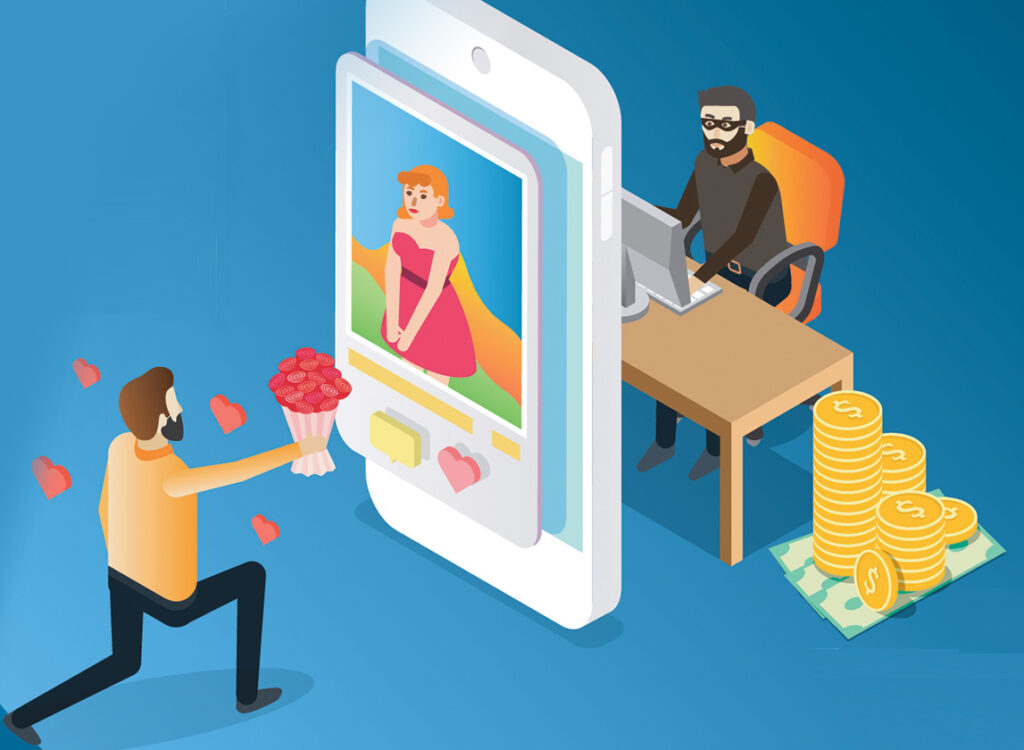
Around 20,000 individuals fall victim to catfishing annually in the United States. Which is approximately 41% of US adults who were active online reported experiencing being victims of catfishing.
The visual nature of these apps often leads to superficial judgments based primarily on appearances, which might overshadow other essential aspects such as personality traits, values, and compatibility, impacting the quality of potential matches and relationships formed through these platforms.
Relationship Depth and Quality

While some people argue that social media enables them to stay in touch with loved ones, especially when separated by distance, as they can use features like FaceTime for real-time connections, others contend that social media dating apps have led to increased distance rather than fostering genuine connection among individuals.

In the initial stages of dating, social media has introduced a new paradigm. Rather than relying solely on face-to-face interactions or introductions through mutual connections, individuals now have the opportunity to initiate conversations and establish connections virtually. This digital approach to dating allows for more casual and preliminary interactions, where people can gauge compatibility, share interests, and engage in conversations before deciding to meet in person.
The way people communicate within relationships has also undergone a transformation. Social media platforms offer various communication tools like messaging, audio calls, and video calls, enabling couples to stay connected regardless of geographical distance. These channels foster constant communication, allowing partners to share experiences, thoughts, and emotions in real-time, thereby strengthening their bond.
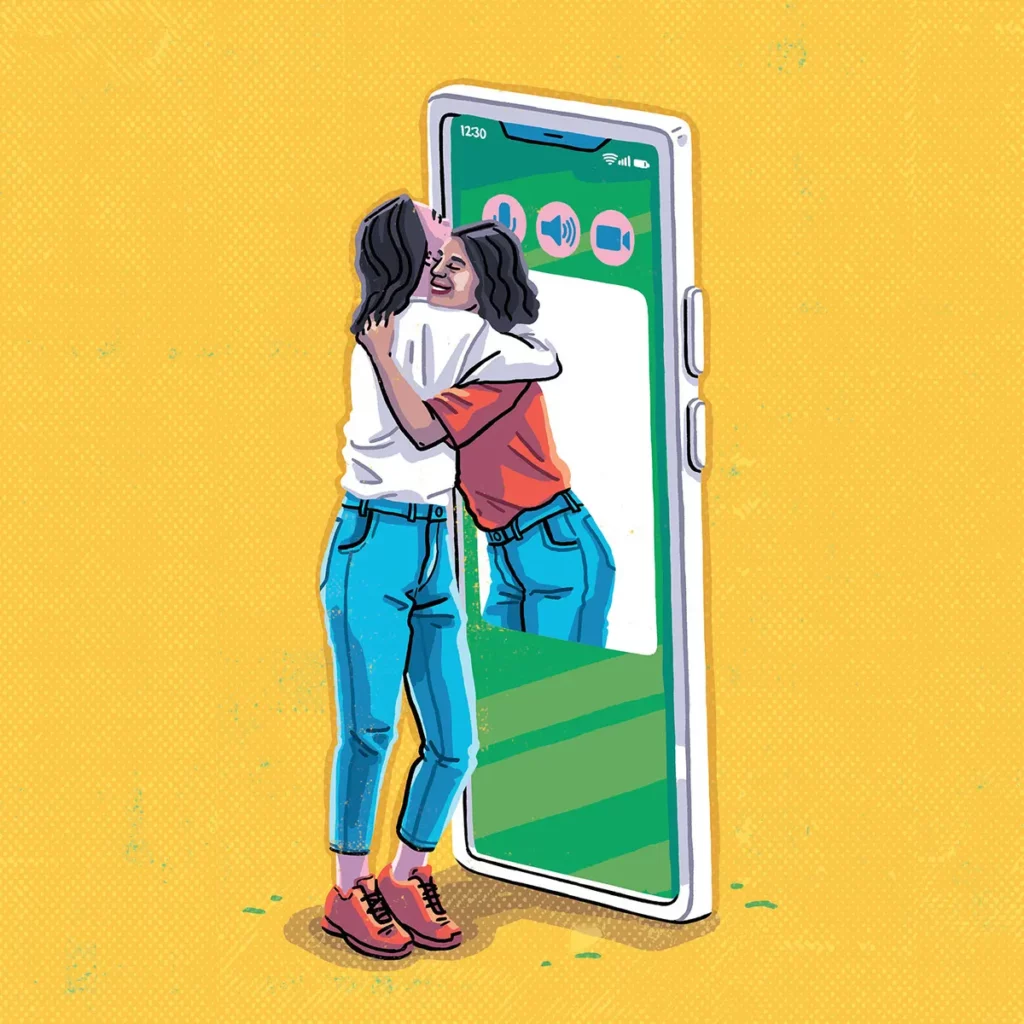
However, the impact of virtual communication on the depth and quality of relationships is a topic of debate. While social media facilitates instant communication and connection, there are concerns regarding the depth of these interactions. The reliance on digital communication might sometimes lead to a lack of depth or emotional intimacy compared to face-to-face interactions. Text-based conversations, for instance, might lack non-verbal cues and nuances present in in-person interactions, potentially impacting the depth of understanding and emotional connection between individuals.

The presence of social media in people’s lives could lead to distractions and an overemphasis on virtual interactions, possibly affecting the quality of face-to-face time spent together. This imbalance might hinder the depth of the relationship by diverting attention away from meaningful in-person interactions. While social media has revolutionized the initial stages of dating by facilitating virtual connections and enhancing communication within relationships, there remain concerns about its impact on the depth and quality of relationships. Balancing virtual communication with meaningful in-person interactions is crucial for nurturing deeper emotional connections and maintaining the quality of relationships in digital dating app.
Type of Dating Apps
There are various types of dating apps catering to different preferences and relationship goals. Here are a few common types:
- Mainstream Dating Apps: These apps cater to a wide audience and focus on general dating. Examples include Tinder, Bumble, OkCupid, and Hinge. They offer diverse options for users seeking various types of relationships, from casual dating to long-term commitments.
- Niche Dating Apps: These apps target specific demographics or interests. They’re designed for individuals with unique preferences, such as religion, ethnicity, profession, or shared hobbies. Examples include JSwipe for Jewish singles, FarmersOnly for farmers, and HER for LGBTQ+ women.
- Location-Based Apps: These apps prioritize location-based matching. Users can find potential matches within a specific proximity, facilitating easier and faster real-life meetups. Grindr for LGBTQ+ community and Happn are examples that utilize geolocation features.
- Hookup Apps: These platforms emphasize casual encounters rather than long-term relationships. Apps like Pure, AdultFriendFinder, or Feeld are more focused on facilitating immediate or short-term connections.
- Personality-Based Matching Apps: These apps employ algorithms to match users based on personality assessments or compatibility tests. eHarmony and Match.com are known for their in-depth personality assessments to pair users with compatible partners.
- Relationship-Oriented Apps: Geared towards individuals seeking serious relationships, these apps prioritize users looking for committed partnerships rather than casual encounters. Coffee Meets Bagel and The League are examples catering to those interested in more serious relationships.
The Best Dating App
It is almost impossible to choose one dating app to be the best app when it comes to meeting partners online as the best dating apps can vary based on individual preferences, regional popularity, and changing trends. However, several dating apps were highly regarded for different reasons:
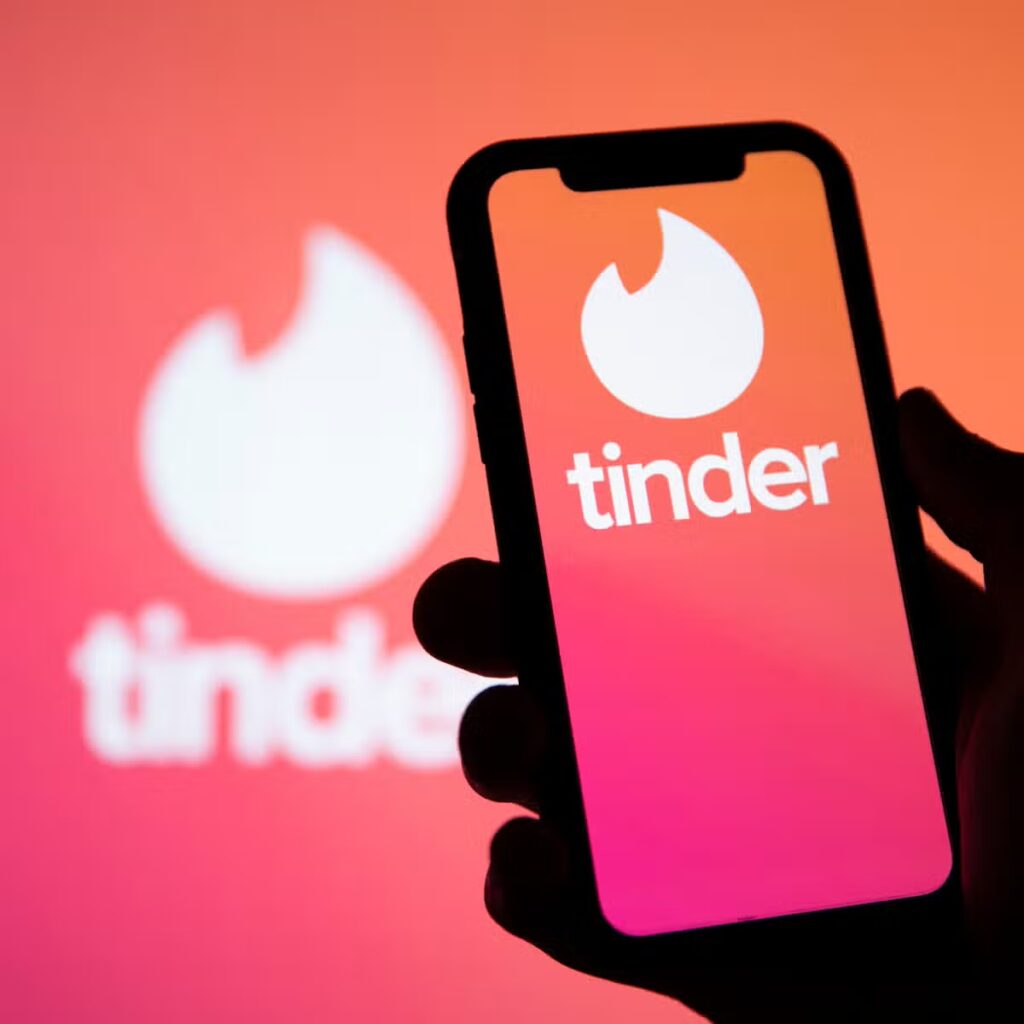
Tinder: Known for its user-friendly interface and large user base, Tinder remains one of the most popular apps worldwide. Its simple swipe-based system and diverse user pool attract people seeking various types of relationships, from casual to more serious.
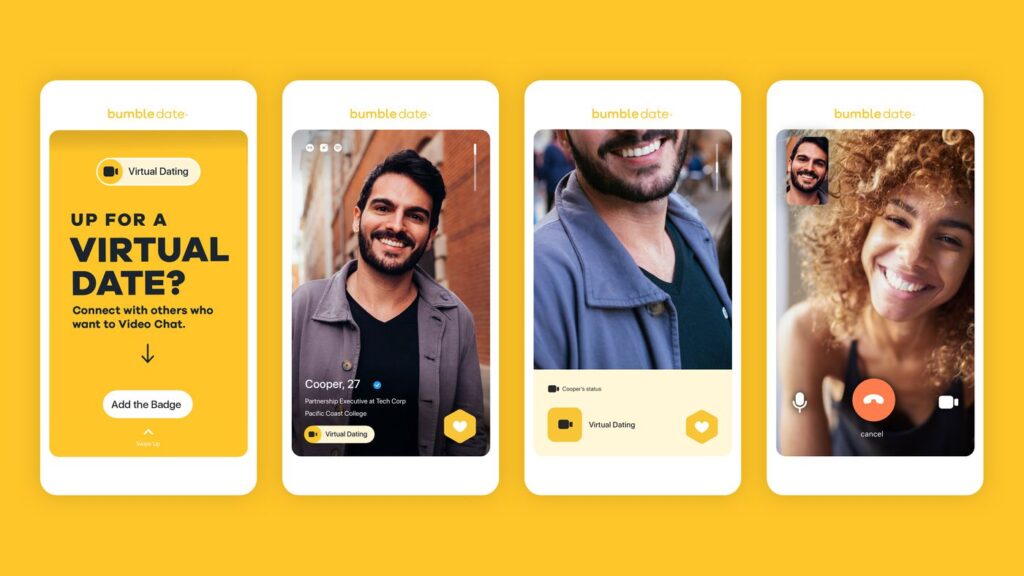
Bumble: This app stands out due to its unique feature where women initiate conversations after a match, giving them more control over interactions. It’s appreciated for promoting respectful communication and empowering women in the online dating sphere.
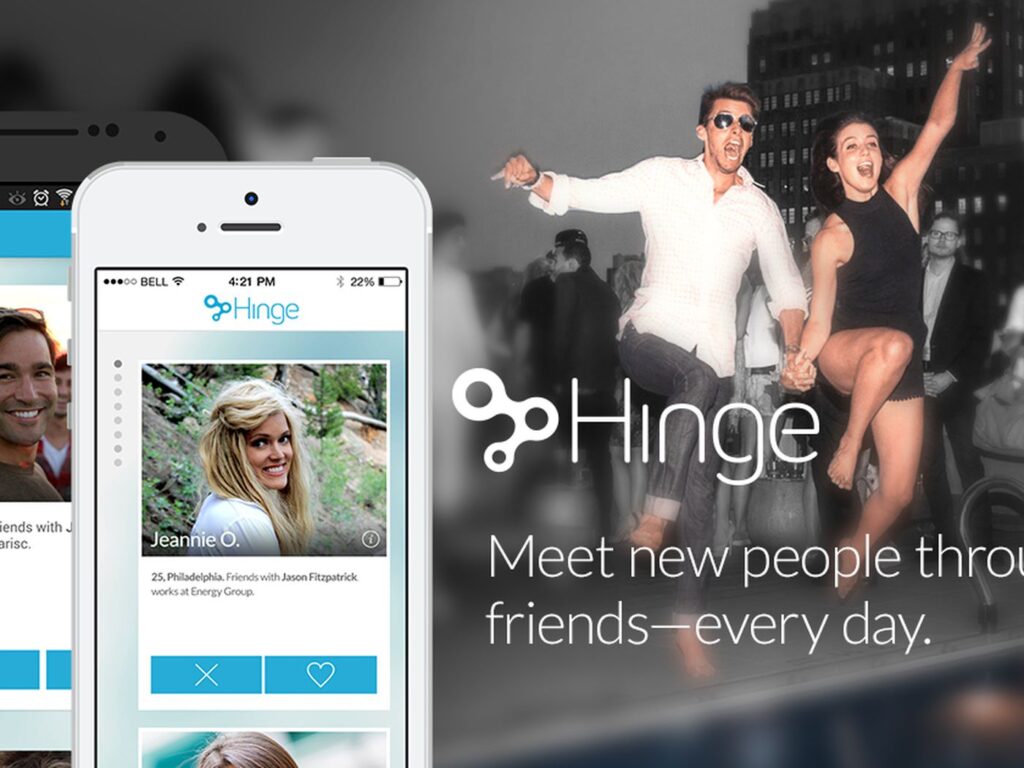
Hinge: Often considered more relationship-oriented, Hinge focuses on fostering genuine connections by emphasizing detailed profiles and prompts to spark meaningful conversations beyond just swiping on photos.
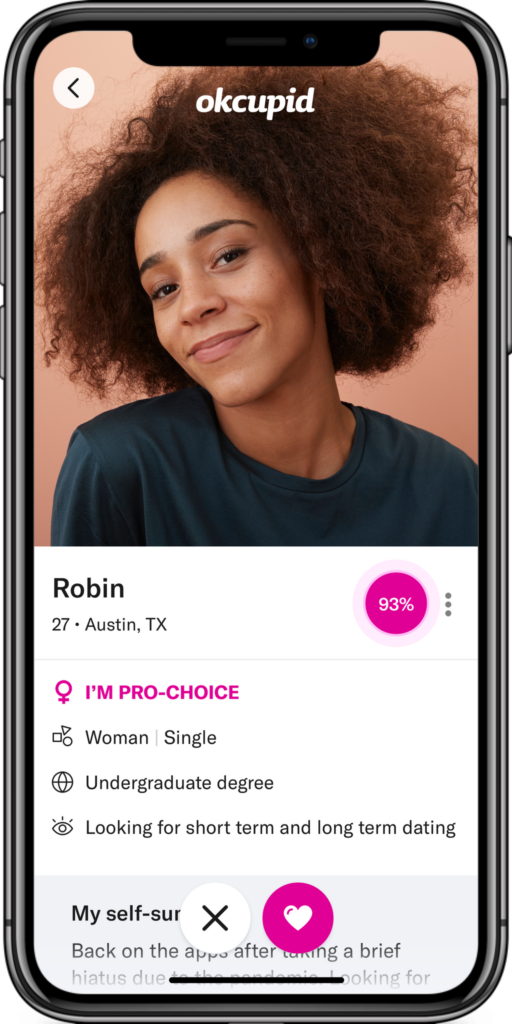
OkCupid: Renowned for its extensive questionnaire and compatibility matching, OkCupid uses algorithms to match users based on shared interests, beliefs, and values, appealing to those seeking more in-depth compatibility.
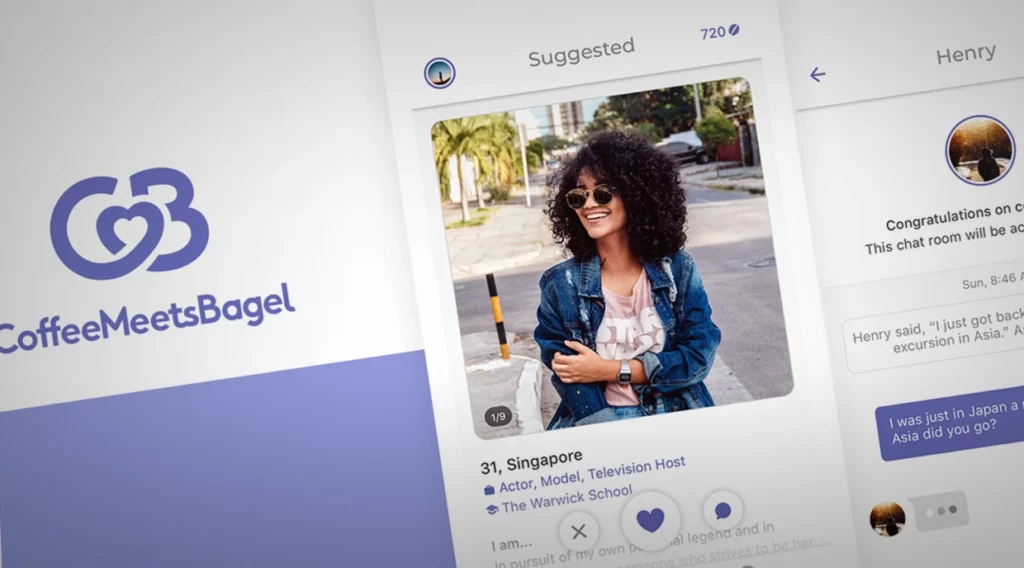
Coffee Meets Bagel: This app delivers a curated selection of potential matches, providing a more curated and controlled experience for users while encouraging meaningful connections.
The reasons why people consider these apps as among the best often revolve around factors like user interface, ease of use, diverse user base, success stories, safety features, and unique functionalities catering to different dating preferences. Additionally, word-of-mouth recommendations, positive reviews, and successful matches contribute to the perceived reputation of these apps among users. However, perceptions may change over time due to evolving trends, updates in features, and shifts in user preferences. Checking the latest reviews and considering personal preferences can help individuals choose the best app that aligns with their dating goals.
How to Create a Dating App
Wondering how to potentially start your own dating App? Creating a dating app involves several steps and considerations. Here are some tips, insights and key factors to consider when creating an app for dating:
1. Market Research: Begin by conducting extensive market research to understand the dating app landscape. Identify your target audience, analyze competitors, and determine unique features or niches that can set your app apart.
2. Target Audience: Define your target audience clearly. Consider demographics, preferences, behaviors, and needs of the users you aim to attract. Tailor your app’s features and marketing strategies accordingly.
3. Unique Selling Proposition (USP): Determine what makes your dating app unique. Whether it’s a specific niche, innovative matching algorithm, enhanced security features, or a more user-friendly interface, having a clear USP is crucial for attracting and retaining users.
4. User Interface and Experience (UI/UX): Prioritize an intuitive and visually appealing UI/UX design. Ensure the app is user-friendly, easy to navigate, and provides a seamless experience for users when creating profiles, browsing matches, and communicating.
5. Essential Features: Define the core features your app will offer. These may include user profiles, matching algorithms, messaging/chat functionality, search filters, geolocation, and security measures to protect user data and privacy.
6. Development Approach: Choose the right development approach—whether it’s native (iOS/Android), hybrid, or cross-platform development. Consider factors like cost, time-to-market, scalability, and the user experience provided by each approach.
7. Monetization Strategy: Decide on your app’s monetization model. Options include subscription-based models, freemium models (offering basic services for free and premium features for a fee), in-app purchases, advertising, or a combination of these.
8. Testing and Quality Assurance: Prioritize thorough testing and quality assurance. Test the app extensively to identify and fix any bugs or issues before launch. Conduct usability testing and gather feedback to refine and improve the app.
9. Security and Privacy: Ensure robust security measures are in place to safeguard user data and privacy. Implement encryption, secure authentication processes, and features to prevent fraudulent activities or misuse of personal information.
10. Launch and Marketing: Strategically plan the app launch, and devise a comprehensive marketing strategy to reach your target audience. Utilize various channels, including social media, influencer marketing, PR, and app store optimization (ASO).
11. User Engagement and Support: Foster user engagement through community-building efforts, regular updates, and responsive customer support. Encourage user feedback and iterate based on their suggestions to enhance the app’s performance and features continually.
When creating a dating app, paying attention to user needs, offering a unique value proposition, providing a seamless and secure experience, and adapting based on user feedback are essential for success in this competitive market. As you’ve reached the midway point of the blog, we believe you have the basic understanding of social media dating apps and you have the potential to begin creating your very own dating app. If you’re concerned about the app’s design, fear not. In the section below, you’ll explore various innovative design concepts.
Dating App Design, Themes, and Concepts
When it comes to creating a design or theme for your dating platform, it’s important to recognize the different choices available, which might initially seem overwhelming. Therefore, we’ve gathered various ideas and subjects to potentially spark your inspiration. These creative design ideas can infuse personality, interactivity, and uniqueness into the dating app, making the user experience more engaging, enjoyable, and aligned with specific themes or concepts. Customizing these ideas to fit the app’s overall theme or brand identity can further enhance its appeal to users.
- Theme-Based Profiles: Introduce customizable profile themes that users can apply to their profiles. Themes could reflect different interests, hobbies, or moods, allowing users to express themselves creatively.
- Interactive Icebreakers: Design engaging and fun icebreaker activities within the app to encourage conversations between matches. These could include quirky questions, games, or collaborative activities to spark initial interactions.
- Visual Storytelling: Implement a feature where users can create visual stories or collages on their profiles to showcase their personality, experiences, and interests through images or short videos.
- Themed Events and Challenges: Introduce themed events or challenges within the app, encouraging users to participate and interact. For example, a “Travel Lovers Challenge” could prompt users to share their favorite travel photos or destinations.
- Adaptive Color Schemes: Incorporate adaptive color schemes that change based on users’ interactions or preferences. For instance, the app’s color theme could subtly adjust based on the time of day or the user’s mood.
- Visual Compatibility Metrics: Create visual representations or infographics that show compatibility between users based on shared interests, values, or personality traits, providing an engaging and easily digestible way to understand matches.
- Animated Conversations: Introduce animated chat features, such as interactive stickers or emojis that animate upon interaction, adding a playful and dynamic element to conversations.
- Illustrative Interactions: Utilize illustrations or animations throughout the app to guide users, explain features, or add whimsical elements that enhance the overall user experience.
- Personalized Gifting: Implement a feature where users can send virtual gifts or tokens of appreciation to their matches, with customizable options to suit different personalities or occasions.
- Augmented Reality (AR) Features: Explore integrating AR elements into the app, allowing users to virtually try out shared activities, explore potential date spots, or virtually interact in a creative and immersive way.